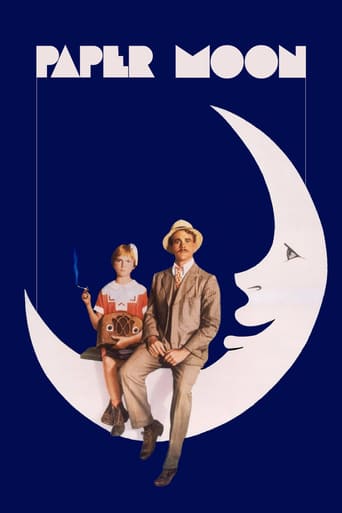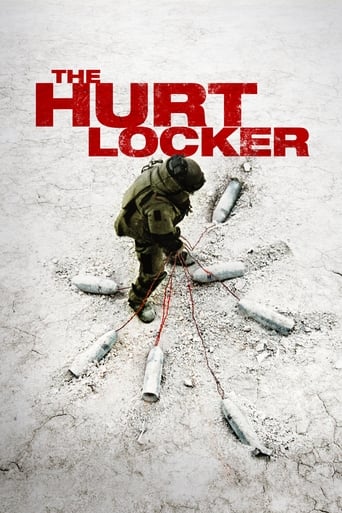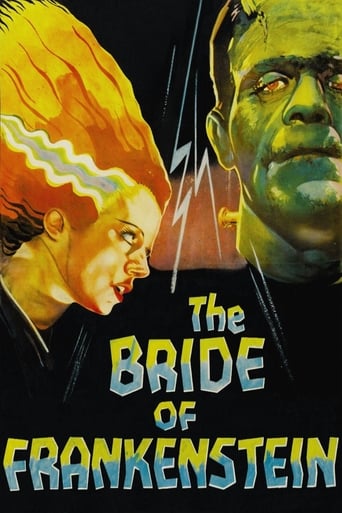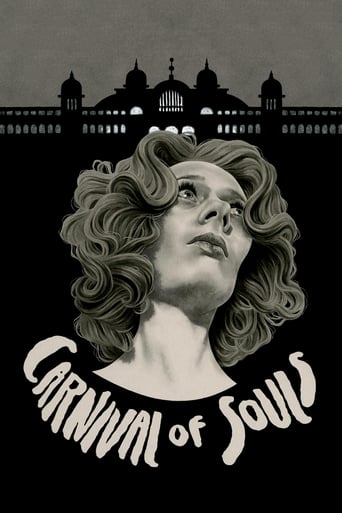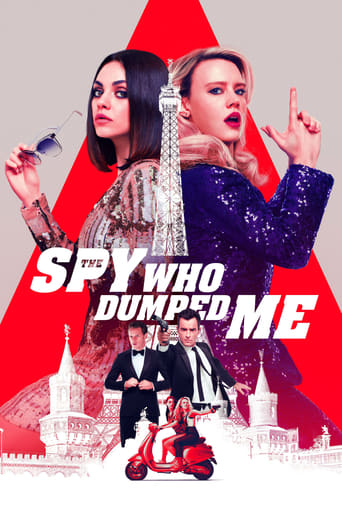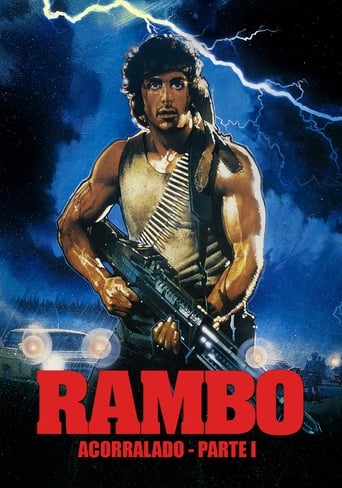


Targets
An aging horror-movie icon's fate intersects with that of a seemingly ordinary young man on a psychotic shooting spree around Los Angeles.
-
- Cast:
- Tim O'Kelly , Boris Karloff , Arthur Peterson , Monte Landis , Nancy Hsueh , Peter Bogdanovich , Daniel Ades


Similar titles
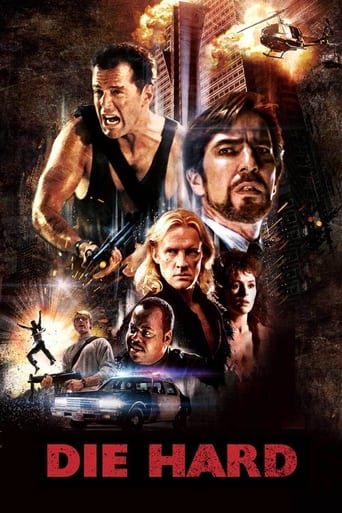
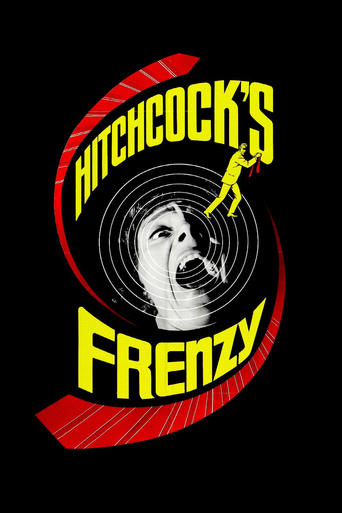
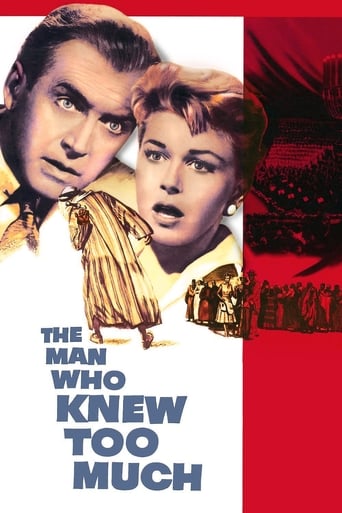
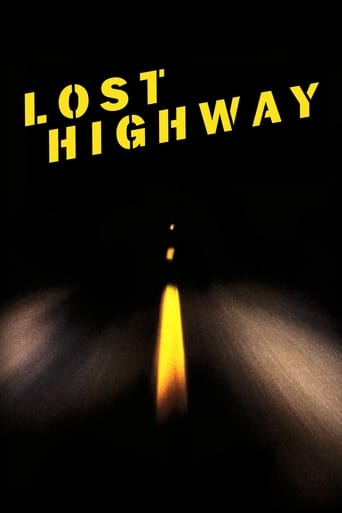
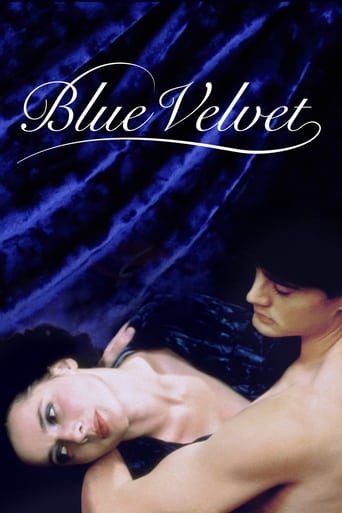
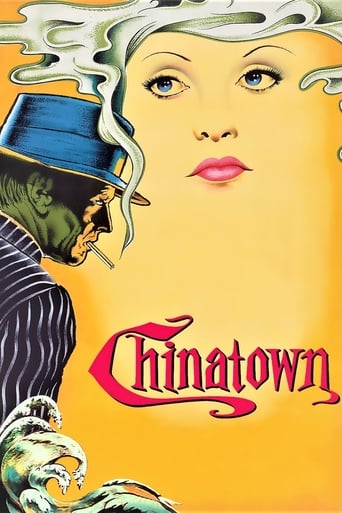
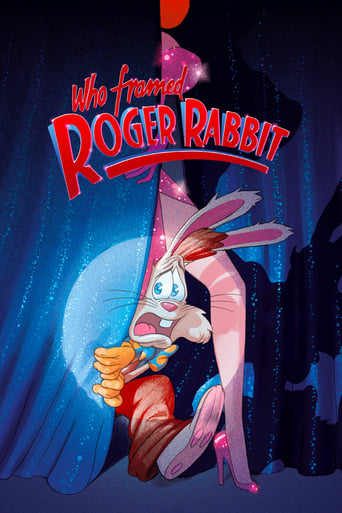
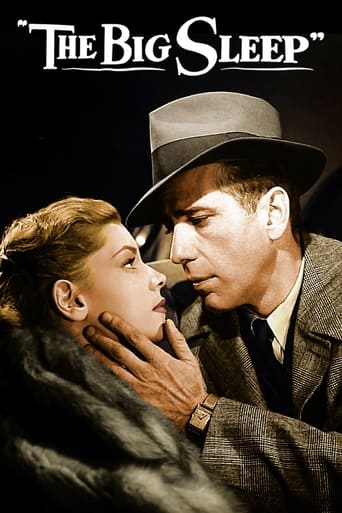
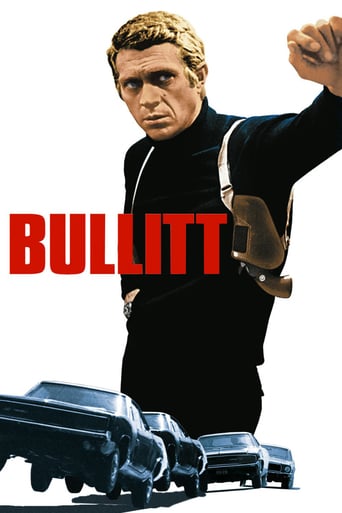

Reviews
Clever, believable, and super fun to watch. It totally has replay value.
A film with more than the usual spoiler issues. Talking about it in any detail feels akin to handing you a gift-wrapped present and saying, "I hope you like it -- It's a thriller about a diabolical secret experiment."
The acting in this movie is really good.
By the time the dramatic fireworks start popping off, each one feels earned.
Karloff plays an aging icon of the older style horror films of the less graphic, more spooky variety, which has seemingly been rendered obsolete, and, literally under assault, in the film, and unable to frighten or be possessed of any meaning, when contrasted, as the film does, against the more topical horrors of the day typified by a Charles Whitman type, Vietnam vet, who snaps, and turns his sniper training to good use, inflicting terror on the community via a string of r long range killings, against random victims; an an Ed Wood, Lugosi vibe is present in the depiction of a up and coming director, played by Peter Bogdanovich playing Himself,at the time, pretty much, as a film fan doing hackwork, He was, at the time, shooting B-pictures for Roger Corman.
Targets is trying to juxtapose the fictional monsters on screen with the real life, unsuspecting monsters in real life, Karloff sums it up in his final line 'thats who the drivers were afraid off' staring at what seems like an innocent young lad who had just moments before killed dozens of people.I think thats why the film works. Karloff wants to retire because he doesn't think he belongs in the world of cinema anymore, people don't find him scary because the monsters he portrays aren't real. Ironically I think people watch Frankenstein today to escape from the 'real horror' and into a world of ghosts, ghouls and monsters.The film itself is a good for the most part. I find myself wanting to see more of Karloff, because his character is so interesting while the character of Bobby is just a psychopath, who one day has a mental breakdown and goes on a shooting spree. Not that that kind of character cant be interesting but I don't think Bogdanovich cared about how or why the Bobby did what he did, he perhaps wanted to state that this happens and show what the real horror is, maybe trying to show the censors that people see stuff like this on the news everyday and yet they want to censor a film about a giant, green monster.Overall, Targets isn't revolutionary. It is, however, nice to see Boris Karloff having fun in his last role and the film is genuinely tense and quite horrifying in how authentic its depictions of violence can be.
In the DVD introduction to this film, writer/director/actor Peter Bogdanovich explains how it happened. B-movie mogul Roger Corman came to Peter in late 1967 with a proposal: take 40 minutes of footage from Corman's film "The Terror", film 20 minutes of Boris Karloff (who owed Corman 2 days of work), film 40 minutes of other stuff with other actors to tie it all together, and complete a feature film all for a budget of $125,000.You'd think this would be a recipe for a colossal turd of a movie, but on the contrary, it pushed everyone's creativity to the max and resulted in a remarkable work of cinema.Peter & his wife grabbed their typewriters and wrote a modern horror story contrasted against a classic Victorian horror. Assisted by Peter's friend & successful writer/director Samuel Fuller (not credited), they churned out a profound & poetic script loosely based on the news story of Charles Fuller, a former marine sniper who went on a mass shooting rampage the year before. A bit was also inspired by the Highway 101 sniper shootings in which a 16-year-old boy killed 3 motorists in 1965. That's the "modern horror" part. The Victorian horror comes with the character Byron Orlock (played by Karloff) who is a classic horror icon at the end of his career, realizing that his brand of horror is outdated.If you can see where this is going, you're in for a great experience. Yes, it's a story of change, out with the old & in with the new, but in a chilling way I've never seen before. The idea that fear has evolved into something far different. Ghost stories & creepy characters no longer cut it. The new brand of terror is faceless, anonymous, soulless and random. Enter the phenomenon of the mass killer."Targets" was ahead of its time, and Peter even mentions how its release was delayed because studio execs were afraid of how its message would be received, especially with the assassinations of Martin Luther King Jr and Bobby Kennedy just months prior to release.It is extremely relevant today, and even if it weren't so artistically done & expertly acted, I would recommend this film for its message alone. The directing, cinematography & acting is icing on the cake, and oh what icing it is! If you're like me, you probably know Boris Karloff as the lumbering creature in "Frankenstein" (1931)... a big, stiff lunk in electricians boots who drags himself around as if he's murderously constipated. Here in "Targets" he is eloquent, charming, tragic, comic and instantly worthy of our attention. My favorite scene is in a hotel room when he tells a ghost story. Director Bogdanovich is very respectful with his camera work in that scene: it opens wide and fixes itself on Karloff with its (and our) undivided attention as it slowly narrows on Karloff's face. No cuts, no jumps, no distractions, just pure Karloff.The movie is full of thoughtful camera work like that. As you watch the film you get the idea that every camera angle, movement, pan & zoom, and every shadow and inch of background action was very carefully planned to the millimeter. I confess I've never seen a Bodanovich film, but I know he's a very respected director. Now I see why. On a tiny budget that, today, wouldn't cover the catering for a big studio film, he cranked out a magnificent film.I would put "Targets" squarely in the class of Hitchcock, as compelling as my favorites "Rope", "Rear Window", "Vertigo" and so on. But as I mentioned earlier, it's the blending of Victorian horror (Hitchcock, Vincent Price, etc) with modern horror (Fox News, etc) that makes this an unforgettable show.Just an epilogue to the story of how the film was made... Although prints caught the attention of major studios, it wasn't officially released until it caught the eye of a film professor who invited Paramount execs to a screening in his classroom. Paramount bought the film for $150,000 (netting Corman a whopping $25,000 profit... hope he didn't blow it all in 1 night!). The film was eventually released, and it received rave reviews from critics but never did well with the public at large. Way ahead of its time. Lucky for us it survived onto DVD 40 years later when perhaps the world will understand it better. Don't hesitate for one minute to see this film if you have the chance!
"The sick individual finds himself at home with all other similarly sick individuals. The whole culture is geared to this kind of pathology. The result is that the average individual does not experience the separateness the fully schizophrenic person feels. He feels at ease among those who suffer from the same deformation; in fact, it is the fully sane person who feels isolated in the insane society — and he may suffer so much from the incapacity to communicate that it is he who may become psychotic. The crucial question is whether a quasi-autistic or low-grade schizophrenic disturbance helps us to explain the violence spreading today." - Erich Fromm In 1965, teenager Michael Clark positioned himself upon a hilltop overlooking Highway 101, south of Orcutt, California. Using a Mauser rifle equipped with telescopic sight he fired upon passing cars, killing three individuals and wounding six. Clark committed suicide when police rushed his hill. A year later Malcom X was assassinated.In 1966, Former US Marine Charles Whitman embarked on a shooting rampage at a university campus in Texas. He killed 16 people and injured 32. Whitman killed his victims from a university tower observation deck. Earlier that day he murdered his wife and mother at home. Two years later, Martin Luther King and John F. Kennedy were assassinated.Today, Roger Corman is well known for producing and directing a string of low budget B-movies and exploitation films. "Targets" is one of his most interesting. Seeking to exploit the string of assassinations and shooting rampages that were rocketing across 1960s America, Corman gathered together thirty thousand dollars, latched upon the vague idea of a film based on the life and killings of Charles Whitman, and hired a young Peter Bogdanovich to direct the film. "Targets" was Bogdanovich's debut. He was hired because Corman could pay him virtually nothing. Bogdanovich would go on to make a number of critically praised films, but few are as interesting as this nauseating little horror movie.Bogdanovich would write the film's screenplay with the help of director Sam Fuller, both artists elevating the film beyond your usual Roger Corman fare. Bizarrely, Corman stipulated that "Targets" include footage from "The Terror", a horror movie he had made years earlier. As ageing horror movie legend Boris Karloff, renowned for his roles in early silent and sound horror movies ("The Mummy", "The Body Snatcher", many iconic, early "Franenstein" movies and many Universal Studios horror flicks), owed Corman two days worth of acting, Corman also stipulated that Karloff be written into the film. Bogdanovich obliged.The end result is a film with two narrative strands. On one hand we follow Karloff's character, who plays an ageing horror actor struggling to find modern roles (an obvious allusion to Karloff and his own career), whilst on the other hand we follow a character called Bobby Thompson, a retired Vietnam veteran who seems like an upstanding, all American boy, until he embarks on a murder spree. Both narrative strands don't intersect until the film's climax.Much of the film watches from afar as Bobby does mundane daily activities - talking to his parents, girlfriend, co-workers, shopping, watching TV, sleeping etc – the film conveying a kind of depressingly hollow post-war America, in which cement, strip malls, drive-ins and junk food are the equivalent of culture, and in which everyone is atomised, automatised and drearily locked into their own private cubicles. The film's horror is apparent even before Bobby begins his killings, Bogdanovich latching on to a kind of banal, sunbaked, urban hell (the complete opposite to the romantic, moody, noirish urbana of "Taxi Drivr"); highways ceaselessly spinning cars like conveyor belts, gaudy post war architecture, antiseptic suburban homes, the giant, bland cisterns of oil refineries, the tacky warble of TV and radio. The film's aesthetic sickens. And then the killings begins.Bobby's murders are shot with a similar tone of ambivalence or detachment, Bogdanovich forcing us to watch as Bobby matter-of-factly shoots his parents and lover and then perches himself above a highway. Here he emotionlessly snipes the drivers and passengers of passing cars. No overt attempt is made to psychoanalyse or investigate Bobby's motivations. The film's tone is simply one of nauseating indifference. Unlike most horror/slasher/exploitation films, "Targets" never feels like its been designed to tantalise. Of course salacious plots and exploitative hooks were always Corman's chief aims, but Fuller and Bogdanovich short circuit their producer. How successful they are is arguable.The film ends with Bobby and Karloff meeting, fittingly, in a cinema. It is here where old-horror collides with new, the ancient, classic, black-and-white horror movie star of yesteryear facing up to and superseded by a new, nihilistic generation. Karloff's character hearkens back to Bela Lugosi, Universal and Hammer Horror classics. Bobby's Hitchcock's "Psycho", Powell's "Peeping Tom" and the gore, slasher, zombie and exploitation-horror waves that would follow. The film's climax plays like a raging metaphor for the collapse of the Motion Picture Production Code, the death of Old Hollywood, the stupidity of lax gun control laws, the disintegration of the nuclear family, the real results of post war economic expansion, the impossibility of the American ideal, and the festering rot behind both modern society and audiences, who demand blood as compensation for their own lives. It may be a cheap, trashy film, but Bogdanovich's tone homes in on a kind of wide-spread, societal dysfunction.7.9/10 – Worth one viewing.

